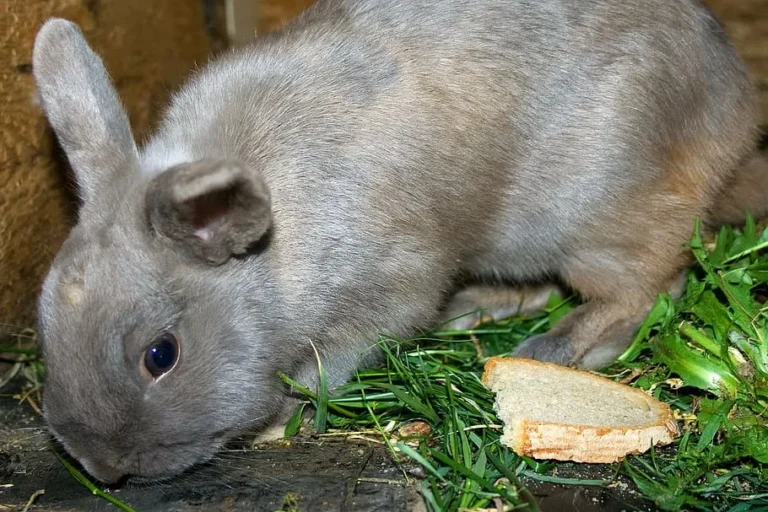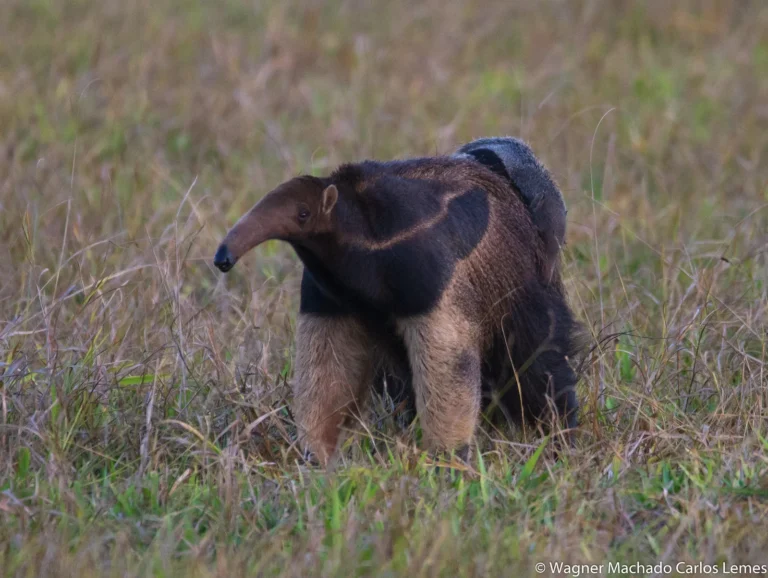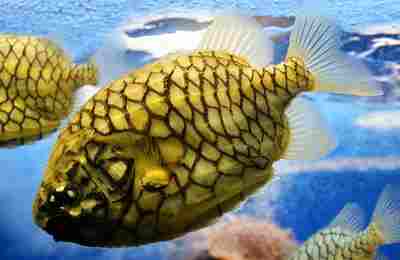5 Disadvantages of Agroforestry Explained
Disadvantages of agroforestry are; delayed yield, unfavorable competition, high complexity, exposure to zoonotic diseases, navigation and harvest challenges.
This article discusses the disadvantages of agroforestry, as follows;
1). Delayed Yield (as one of the Disadvantages of Agroforestry)
Delayed yield is the most common and prominent disadvantage of agroforestry.
Unlike conventional farming and other sustainable agricultural practices that involve only crop species, agroforestry involves both agricultural crops and forest vegetation like trees and shrubs [4].
As a result, the benefits of this method can only be reaped when the agroforest ecosystem has been fully established, in terms of the growth of trees and other forest vegetation, and the stabilization of ecologic conditions.
Processes like biodegradation, nitrogen fixation and carbon sequestration must all be fully functional for the soil to become improved and capable of supporting plant growth.
This implies that return on investment can take long to be actualized, and is a major drawback that deters many farmers from practicing agroforestry.
2). Unfavorable Competition
Agroforestry can facilitate unhealthy and unfavorable competition between crops and trees for resources like nutrients and water [2].
Such competition is especially likely to occur in cases where sufficient care is not taken to segregate trees and crops as required. As a result, the feeding trajectories and root systems of these plants may obstruct or intertwine, causing major growth challenges.
Trees are especially formidable competitors against agricultural crops in agroforests, because the trees have much higher dietary needs and consume much larger amounts of water. The vicinity around large trees is generally not good for crops, since this zone is effectively exploited by the trees.
Also, in closely-knit configurations, crops can suffer from the dense covering provided or caused by trees in agroforests. This dense cover may prevent adequate sunlight from entering the farm, and deprive crops of the needed solar energy for photosynthesis.
It is however important to point out that in many cases, the agroforest cover can protect crops from excessive heat and harmful radiation, thereby improving growth [3].
Competition between crops and forest vegetation is usually an unexpected outcome of agroforestry. It does not always occur and is not one of the major disadvantages of agroforestry, but it can still have significant deprecating effects on crop yield and overall farm health.
Livestock can also be affected when competitive growth behavior diminishes the growth rate of forage.
3). High Complexity (as one of the Disadvantages of Agroforestry)
The practice of agroforestry involves a high level of complexity compared to conventional farming practices [1].
Reasons behind the complexity of agroforestry include the presence of highly variable species and the need for these species to be integrated into a single ecosystem or habitat.
The differences in height of vegetation for example, often leads to the development of multiple vegetative layers or strata [5], that can create huge complexities for growth.
These issues can be challenging for farmers with minimal technical and scientific knowledge; and can also increase the overall cost of agroforestry management.
4). Exposure to Zoonotic Diseases
Although it is not often considered, agroforestry increases the risk of spread of zoonotic diseases among humans.
Given the surge in incidents of major diseases of this kind in recent years, it can be considered to be a major disadvantage.
The role of agroforestry in raising the risk of zoonotic diseases is similar to that of deforestation. Especially in cases where crops are cultivated on forest land (rather than forest vegetation on agricultural land), agroforests can act as a minor extension of natural forests, and may habor disease-carrying species which are capable of infecting humans.
Such species can also migrate to agroforests that occur on non-forest land.
Aside direct transmission to humans, livestock can also be infected with zoonotic diseases, leading to major losses for farmers.
5). Navigation and Harvest Challenges (as Disadvantages of Agroforestry)
The presence of trees among crops in agroforests, can create difficulties in both navigation and harvesting.
This is especially the case where there is need to use heavy and/or large equipment like tractors, and where effort is being made to preserve trees or other specific types of vegetation while harvesting.
Such constraints imply that specialized skills, technology, and significant manual labor are all needed for effective agroforestry management.

Conclusion
Disadvantages of agroforestry are;
1. Delayed Yield
2. Unfavorable Competition
3. High Complexity
4. Exposure to Zoonotic Diseases
5. Navigation and Harvest Challenges
References
1). Do, H.; Luedeling, E.; Whitney, C. (2020). “Decision analysis of agroforestry options reveals adoption risks for resource-poor farmers.” Agronomy for Sustainable Development 40(3). Available at: https://doi.org/10.1007/s13593-020-00624-5. (Accessed 17 November 2022).
2). Muschler, R. (2016). “Agroforestry: Essential for Sustainable and Climate-Smart Land Use?” Available at: https://doi.org/10.1007/978-3-642-54601-3_300. (Accessed 17 November 2022).
3). Mustafa, M. O.; Szalai, Z.; Divéky-Ertsey, A.; Gál, I.; Csambalik, L. (2022). “Conceptualizing Multiple Stressors and Their Consequences in Agroforestry Systems.” Available at: https://doi.org/10.3390/stresses2030018. (Accessed 17 November 2022).
4). Ribeiro‐Barros, A. I.; Silva, M. J.; Moura, I.;Ramalho, J. C.; Máguas‐Hanson, C.; Ribeiro, N. S. (2017). “The Potential of Tree and Shrub Legumes in Agroforestry Systems.” In A. Amanullah, & S. Fahad (Eds.), Nitrogen in Agriculture – Updates. IntechOpen. Available at: https://doi.org/10.5772/intechopen.69995. (Accessed 17 November 2022).
5). Schroth G.; Mota, M. D. (2014). “Agroforestry: Complex Multistrata Agriculture.” Environmental Science. Available at: https://www.semanticscholar.org/paper/Agroforestry%3A-Complex-Multistrata-Agriculture-Schroth-Mota/3171db4f1b504ffaf31ff6328db86fa8fca45230. (Accessed 17 November 2022).




